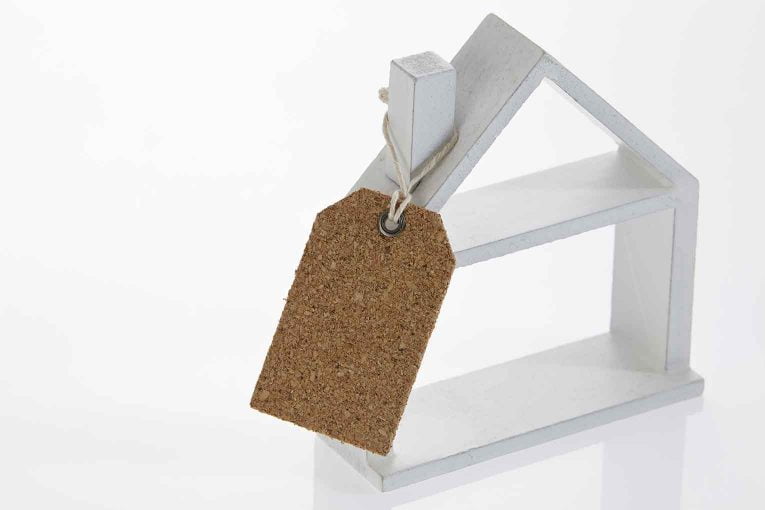The UK housing market showed renewed resilience in July, with house prices rising by 0.6% month on month and annual growth edging up to 2.4%, according to the latest data from Nationwide.
The increase follows a 0.9% monthly decline in June and comes despite wider economic uncertainty and a traditionally quieter summer period.
The average UK house price now stands at £272,664, up from £271,619 in June. Adjusted for seasonal factors, the monthly house price index rose from 537.4 to 540.5.
Robert Gardner, chief economist at Nationwide, said the housing market was continuing to hold up well despite the changed interest rate environment. “July saw a modest pick-up in the rate of annual house price growth to 2.4%, from 2.1% in June. Prices increased by 0.6% month on month, after taking account of seasonal effects,” he said.
APPROVALS
Mortgage approvals remained robust, with 64,200 approvals in June, in line with the pre-pandemic average. Gardner pointed to gradually improving housing affordability as a key factor underpinning demand, noting that the price-to-earnings ratio now stands at around 5.75 – the lowest level in more than a decade and significantly below the peak of 6.9 recorded in 2022.
“While the price of a typical UK home is around 5.75 times average income, this ratio is well below the all-time high of 6.9 recorded in 2022 and is currently the lowest this ratio has been for over a decade,” Gardner said.
“This is helping to ease deposit constraints for potential buyers, as has an improvement in the availability of higher loan to value mortgages.”
RATES
Gardner also highlighted the moderation in mortgage rates, with the typical five-year fixed rate for borrowers with a 25% deposit now around 4.3% – well below the 5.7% highs seen in late 2023, though still far above the lows of 2021.
While inflation remains a concern, particularly after higher-than-expected figures last month, the broader conditions for home buyers remain stable. “Unemployment remains low, earnings are still rising at a healthy pace (even after accounting for inflation), household balance sheets are strong and borrowing costs are likely to moderate a little further if Bank Rate is lowered further in the coming quarters as we, and most other analysts, expect,” Gardner said.
RESILIENCE
Karen Noye, mortgage spokesperson at Quilter, said the rebound in July showed continued market resilience. “Following a 0.9% decline in June, this is a strong bounce back as the market continues to adjust to the stamp duty reforms earlier in the year,” she said.
Property transactions in June were also encouraging, up 13% month on month and 1% higher than a year earlier.
With the Bank of England due to meet next week, the market is closely watching for a potential rate cut. “Should the Bank of England follow through with a rate cut, however, that will help support the buyers,” Noye added. She also pointed to the recent relaunch of the mortgage guarantee scheme as a potential boost for first-time buyers grappling with affordability pressures.
ESTATE AGENT VIEW
 At a more local level, estate agents report a surprising level of activity for the summer season. Amy Reynolds, head of sales at Richmond estate agency Antony Roberts, said: “While we braced ourselves for a long, quiet stretch until September… we’re already back in full swing: valuing good houses, agreeing off-market sales, and running packed diaries of viewings.”
At a more local level, estate agents report a surprising level of activity for the summer season. Amy Reynolds, head of sales at Richmond estate agency Antony Roberts, said: “While we braced ourselves for a long, quiet stretch until September… we’re already back in full swing: valuing good houses, agreeing off-market sales, and running packed diaries of viewings.”
She noted a pragmatic mood among buyers, adding: “There isn’t a huge sense of urgency, and it isn’t a seller’s market, but it is a market. Buyers are pragmatic about what they want and what they’ll pay.”
IMPETUS

Mark Harris, chief executive of mortgage broker SPF Private Clients, said falling mortgage rates were giving the market fresh impetus. “Lower mortgage rates, with the expectation of more reductions to come, are giving the market impetus and putting borrowers in a stronger position when it comes to negotiating their property purchase,” he said.





